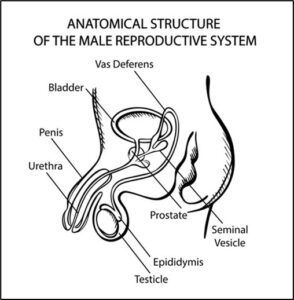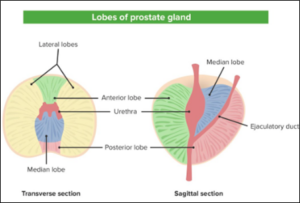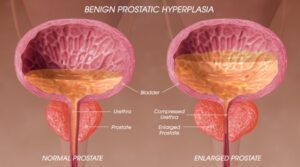Welcome to our health education library. The information shared below is provided to you as an educational and informational source only and is not intended to replace a medical examination or consultation, or medical advice given to you by a physician or medical professional.
Your urinary tract helps to eliminate urine. The upper urinary tract consists of the kidneys and the ureters. The kidneys collect and filter waste and water, making urine. The lower urinary tract consists of the bladder, urethra, and sphincters. Urine travels through the ureters to the bladder, which stores urine. The bladder wall is made up of a muscle, called the detrusor. When you urinate, the detrusor squeezes and small muscles, called sphincters, relax to release urine. When urine is released from the bladder, it travels through the urethra exiting the body. In women, the opening of the urethra is located just below the clitoris, near the front of the vagina. 
Your urinary tract helps to eliminate urine. The upper urinary tract consists of the kidneys and the ureters. The kidneys collect and filter waste and water, making urine. The lower urinary tract consists of the bladder, urethra, and sphincters. Urine travels through the ureters to the bladder, which stores urine. The bladder wall is made up of a muscle, called the detrusor. When you urinate, the detrusor squeezes and small muscles, called sphincters, relax to release urine. When urine is released from the bladder, it travels through the urethra exiting the body. In men, the prostate gland wraps around the urethra near the bladder. The opening of the urethra is located at the tip of the penis.
The reproductive system is the part of the body involved in sexual function. The male reproductive anatomy includes:

The prostate is a gland of the male reproductive system, that is located below the bladder. It surrounds the urethra (the tube that carries urine and semen out of the body). The prostate gland is the size of a chestnut and is composed of several lobes. These include:

The function of the prostate is to produce a fluid that mixes with fluid from the seminal vesicles and sperm from the testicles to form semen.
As men get older, the prostate may enlarge, and can cause urinary symptoms due to its location surrounding the urethra.


Serving people of all ages from Shawano to Oshkosh. Please contact our Main Office in Neenah, WI for more information, (920) 886-8979 or (877) 897-7747.
Fax: (920) 886-2225.